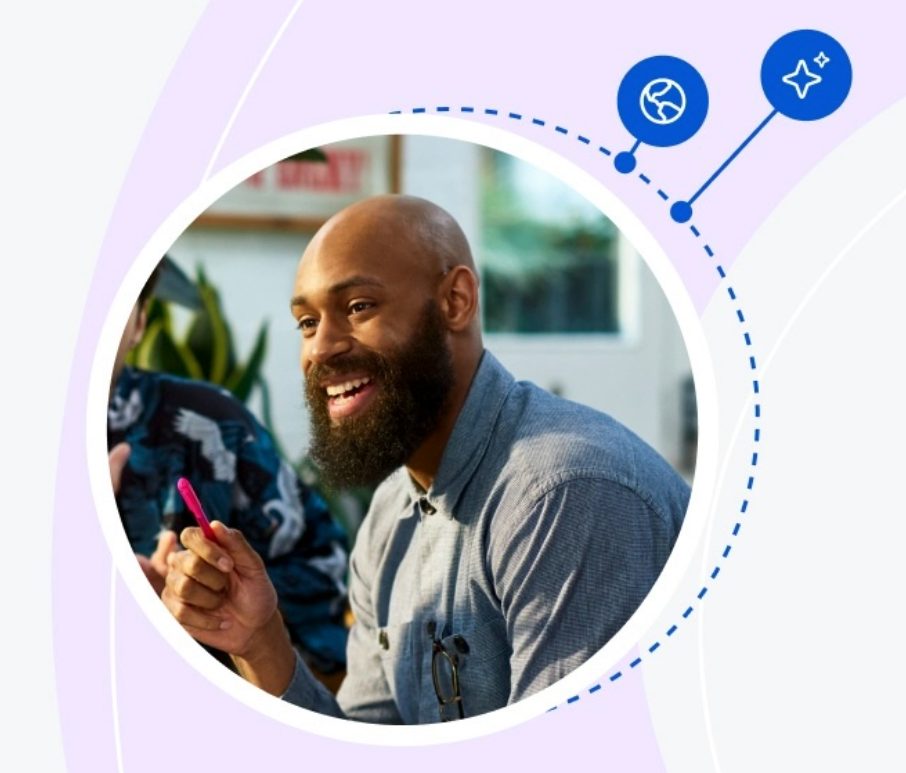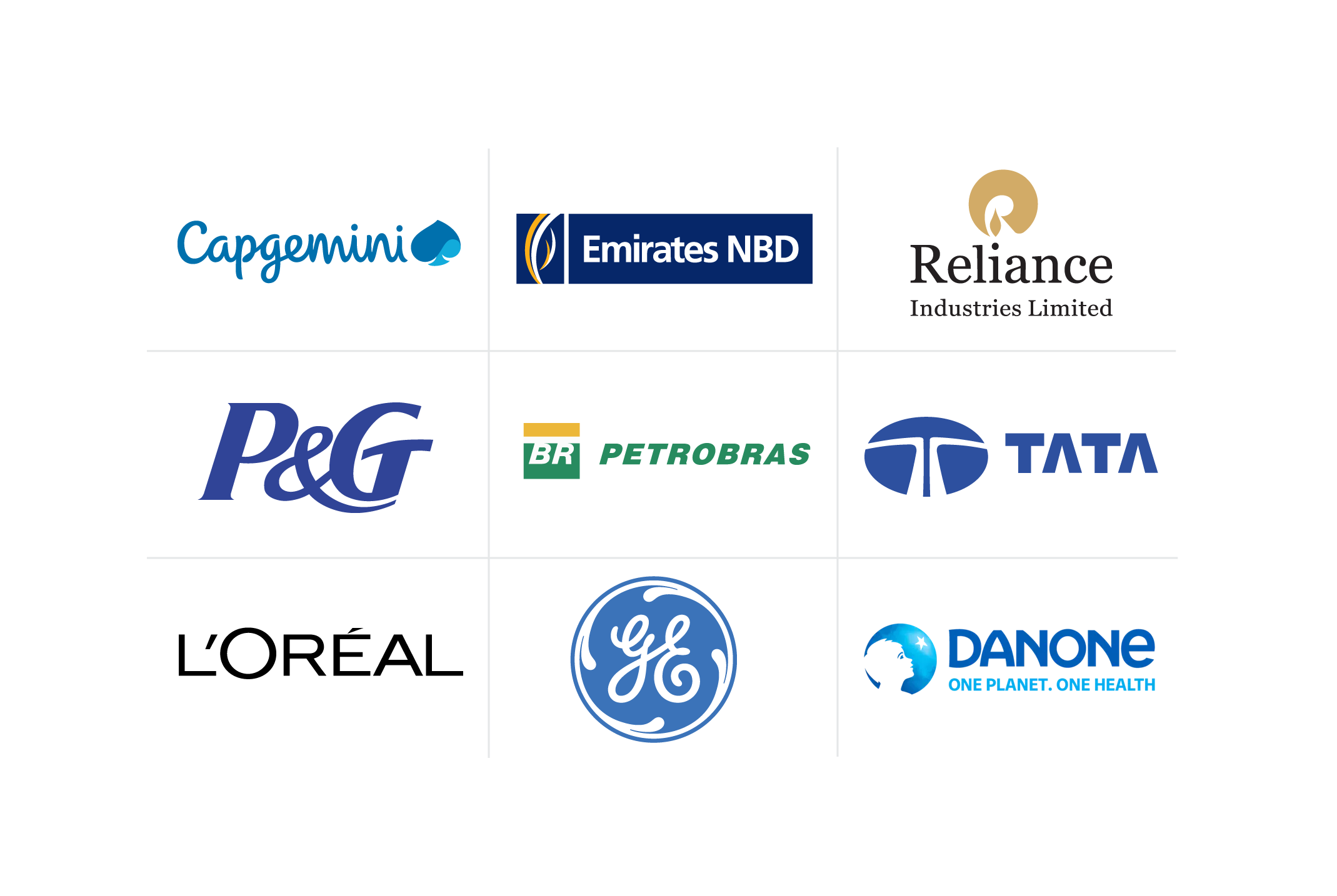Navigating Success: A Guide to Outcome-Based Education for Companies
Choosing the right educational model is essential to designing effective corporate learning plans. Learn about outcome-based education, including benefits and challenges, to decide if it suits your workforce
![[Featured Image] Corporate trainers of varying ages discuss their outcome-based education strategy and its expected learning outcomes before beginning a training session.](https://d3njjcbhbojbot.cloudfront.net/api/utilities/v1/imageproxy/https://images.ctfassets.net/2pudprfttvy6/2w3OrtoGGkhJcLUAu552a2/62fdd58f8f31245cdd5c92abd79233ef/GettyImages-2137510653.jpg?w=1500&h=680&q=60&fit=fill&f=faces&fm=jpg&fl=progressive&auto=format%2Ccompress&dpr=1&w=1000)
Outcome-based education is an effective learning model that designs course material around intended learning outcomes. By understanding when to implement this model, you can maximize the impact of your training programs and ensure you provide employee learning opportunities that align effectively with your business goals.
What is outcome-based education?
Outcome-based education (OBE) started as a way to measure the information learners successfully retained rather than focusing on what was taught. This assessment method’s idea is that by understanding what learners are learning, instructors can see what type of content delivery works best, refine curricula to focus on weaker areas, and create a consistent threshold students must meet to move forward onto more advanced material.
Generally speaking, you can divide outcomes into levels, including overarching program and course-specific outcomes. After defining the outcomes, you develop the curriculum around these objectives, with every piece facilitating learning and movement toward meeting these objectives at the end of the learning period.
Read more: Fostering a Learning Culture within Your Company: Your 2024 Guide
Key components of outcome-based education
While it’s essential for learners to learn how to use a new skill or concept functionally, OBE should go beyond baseline application and help them understand when, how, and why they are learning each tool. You can break OBE into three competency categories, including:
Knowing how to perform necessary actions and deciding when to apply each skill
Understanding the reasoning behind each tool and the “big picture.”
Reflecting on each experience, using their skill, and adapting as needed
Defining outcome-based education in a corporate context
In OBE, outcomes can be behavior, knowledge, or skills learners develop through structured courses or educational models. In a corporate setting, OBE focuses on the specific learning outcomes employees need to achieve to pass a particular course or module successfully.
For example, your outcome might relate to software proficiency if you target a specific skill. In this case, you might define an outcome as “employees can perform a certain sequence of three analysis steps with raw data.” If you are targeting a behavior, the target outcome might relate to employee time management and completion of tasks on time.
The outcomes of each unit should focus on the relevant material, ensuring employees have a firm grasp of the key concepts and foundational knowledge required to complete more advanced subject matter. Unlike traditional education methods, OBE focuses on the end results of the learning experience. This approach ensures that your training efforts are directly tied to achieving measurable and concrete results that benefit your employees and the company.
How does outcome-based education differ from other training methods?
OBE has several similarities and differences with other popular training methods. One common thread between outcome-based education, mastery-based learning, and competency-based learning is that each learning method has clearly defined criteria that students must pass related to the topic. All methods can adapt to learner needs, and learners have sufficient time and support to learn new topics.
However, while these methods are similar, subtle differences distinguish OBE. Compared to competency-based learning, OBE uses more specific assessments and has uniform performance cut-offs across students. Competencies, on the other hand, are broader, and students can demonstrate proficiency in various ways. Compared to mastery-based learning, OBE goes one step beyond content application and explores the reason behind why learning each skill is essential.

How to make your outcome-based education model successful
OBE is a great way to help your employees achieve targeted learning outcomes that align with company goals. When implementing OBE, consider the following tips to make the most of this model and its potential benefits.
Ensure alignment with business strategy
You must align training goals with overarching business objectives to make your outcome-based approach successful. To do this, you need to identify potential gaps in employee skills and how reducing these skill gaps can enhance overall performance. Doing this helps you see the “end goal” or specific outcomes to design your training program.
You can start by thinking about the future goals of the organization and what you hope to achieve in the upcoming month, quarter, or year. From this, assess which skills are critical to achieving this goal. If you notice specific gaps when comparing this to current employee skills, designing training around these skill gaps is a great place to start.
Read more: The Power of an Effective Employee Training Plan
Define measurable learning outcomes
It’s critical to define all learning outcomes clearly. These shouldn’t be philosophical or vague, so you wouldn’t have a learning outcome for employees to “become more effective salesmen.” Instead, the learning outcome would be for employees to demonstrate an ability to write an effective sales pitch meeting the criteria you outline before the assessment.
When defining learning outcomes, you can use the SMART framework to help organize them. SMART is an acronym for specific, measurable, agreed upon, realistic, and time-framed. With that in mind, design your learning outcome so it’s well-defined, able to be measured objectively, aligned with agreed-upon values, appropriate for the resources given, and achievable in a specific time period.
Benefits of outcome-based approaches to learning
You can see several OBE benefits that apply to your overall organization and individual employees, from improving learners' clarity and focus to maximizing your ROI. Implementing this model offers numerous advantages, including the following.
Standardize proficiency levels
Approach the design from the top down, starting with the desired outcome and designing the program around meeting that objective. This approach gives you a high level of control over your training outcomes and allows you to standardize proficiency levels in certain areas across your workforce.
Maximize your return on investment
By designing a learning plan with specific outcomes in mind, you directly align your training investments into performance improvements that fill a particular gap and provide direct improvements in a specific area. Doing so maximizes the return on your investment (ROI) and allows you to tailor your resources' impact on your organizational productivity.
Provide clarity of focus for learners
OBE provides learners with clear goals and expectations, meaning employees know precisely what the objective of the course is and what constitutes “passing” the current module. This clarity helps employees focus on acquiring the skills and knowledge relevant to their job functions.
Challenges in implementing an outcome-based education
One of the biggest challenges is precisely defining the outcomes the training should achieve. These outcomes must align with business goals, which requires a deep understanding of organizational objectives and the specific competencies driving those objectives.
Another challenge is employee buy-in. If implementing OBE often requires significant changes to your existing training practices and educational norms, this disruption could meet resistance from members of your workforce who are more accustomed to traditional teaching and learning methods. As with bringing in any new processes, make sure you take time to explain the changes that the company is making, including why the changes are happening and how they benefit your workforce.
Partner with Coursera
Outcome-based education involves setting specific, measurable objectives that employees need to meet as a result of their training. By aligning these objectives with your company’s strategic goals, you can invest in employee training to maximize your organization's benefit.
Consider partnering with the Coursera learning platform to build customized learning plans that meet your organization's needs. To begin, check out the Business Foundations Specialization, which offers employees guidance on financial basics, accounting, human resources, process management, and more. You can also go deeper and provide your workforce a vast catalog of training options with Coursera for Business.
This content has been made available for informational purposes only. Learners are advised to conduct additional research to ensure that courses and other credentials pursued meet their personal, professional, and financial goals.

